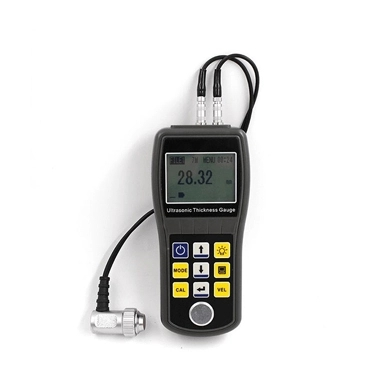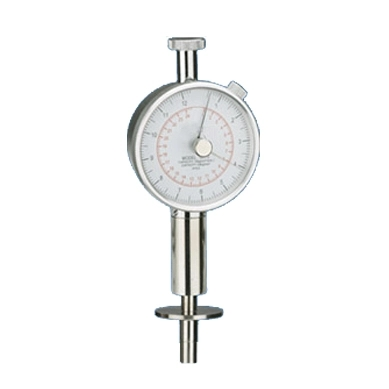Lanetech Portable Hardness Tester | High-Accuracy Handheld Hardness Meter for Industrial Testing
Digital Force Gauges, Automatic Rockwell Hardness Testers,Superficial Rockwell Hardness Tester, Surface Roughness Testers,Coating Thickness Gauge, Ultrasonic Thickness Gauges, Portable Leeb Hardness Tester, Webster Hardness Tester, Barcol Impressor Hardness Tester, Shore Hardness Tester, Flaw detector, Force Gauge Test Stand, Digital Torque Meter, Brinell Hardness Tester, Vibration Tester,Fruit Hardness Testers,Sterilizers & Distillers, CO2 Meter, Wire Crimp Pull Tester, Paper Moisture Meter, Belt Tension Tester, Soil Hardness Tester, Reflectance Meter, Whiteness meter, Color Meter, Sand Mould Surface Hardness Tester and Spare parts and Blocks.
Upgrade your hardness testing efficiency – Order Now and Request a Demo!

 français
français Español
Español русский
русский العربية
العربية português
português



































